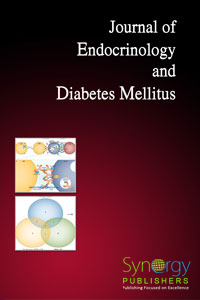
Classic Ductal Sonographic Criteria versus Real Time Elastography Criteria in Diagnosing Nodular Breast Lesions Pages 16-20
Stoian Dana1, Craciunescu Mihaela2, Diana Maria Anastasiu1, C. Dumitru1, M. Craina1 and M. Ionac3
1Department of Obstetric Gynecology, University of Medicine and Medicine “Victor Babes”, Timisoara, Romania; 2Department of Microbiology, University of Medicine and Medicine “Victor Babes”, Timisoara, Romania; 3Department of Surgery, University of Medicine and Medicine “Victor Babes”, Timisoara, Romania
DOI: http://dx.doi.org/10.12970/2310-9971.2014.02.01.3
Download PDFAbstract: Objectives: Sonoelastography is a noninvasive, real time procedure, complementary diagnostic method that increases the diagnostic qualities of conventional ductal ultrasound. We want to evaluate the added diagnostic value of sonoelastography in cases of apparent benign lesions in conventional ultrasound.
Method: Prospective Study: 1115 women, under 45 years of age, mean age 34.5±5.17 years, who came in in our Ultrasound Unit for a routine breast evaluation.
Recruitment Period: January 2011-APRIL 2013. Ductal breast ultrasound and elastography was performed with a HITACHI EUB 7500 HV machine, with 6-13 MHz variable frequency linear probe, with water bag, Hitachi Medical System Tokyo, Japan. Ueno score and also strain ratio were measured for all described lesions. All cases with BIRADS-US 4 evaluation were operated. Extemporaneous and postsurgical histopathological exam was performed in all cases. Some BIRADS –US 3 lesions were also referred to the surgeons because of cosmetic, pre-pregnancy, need of hormonal contraception use reasons.
Results: From the total of 1115 cases, we diagnosed 416 solid tumors, of which 273were referred to the surgeon, and only 174 did have surgery with histopathological result. Diagnostic value of classical ultrasound was medium, with a sensitivity of 48.61% and specificity of 66.66%. Doppler US had higher diagnostic value (51.38%, respectively 75.49), combined information being better in diagnostic (68.42% and 50.75%). Real time elastography had the highest diagnostic values, in both qualitative and quantitative technique, with a sensitivity of 90.41%, respectively 94.4%, with the same specificity of 94.4% and 94.11%.
Conclusion: real time elastography should be considered as a useful diagnostic tool in preoperative evaluation of solid breast masses.
Keywords: Breast cancer, Real-time elastography in breast lesions, BIRADS-US, Ultrasound evaluation of breast lumps. Read more

